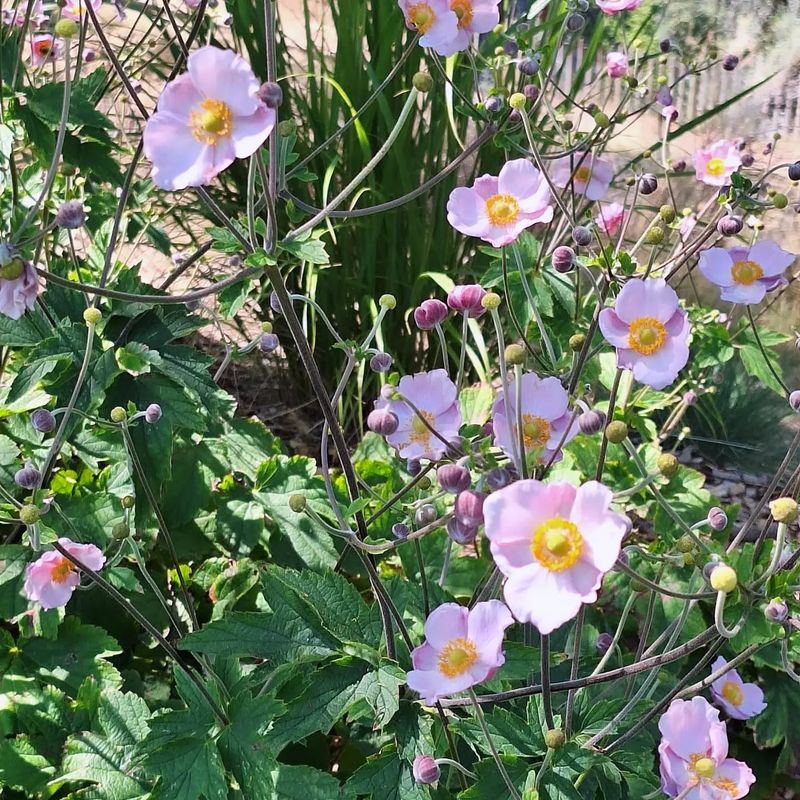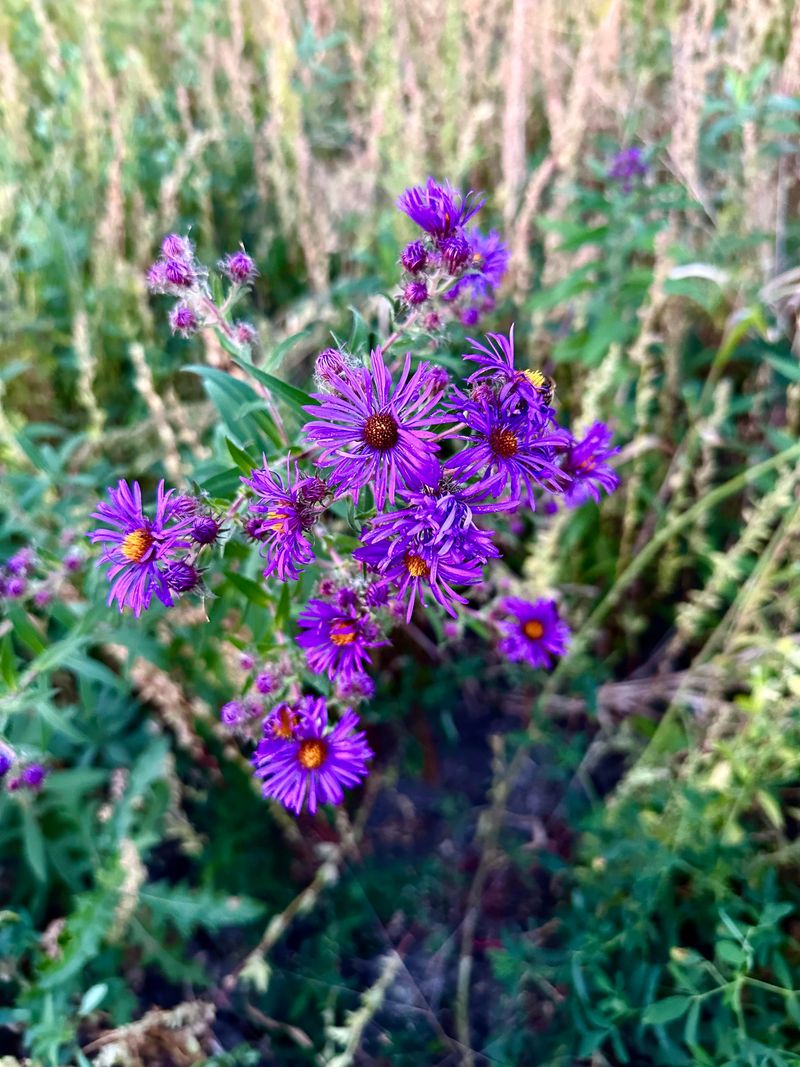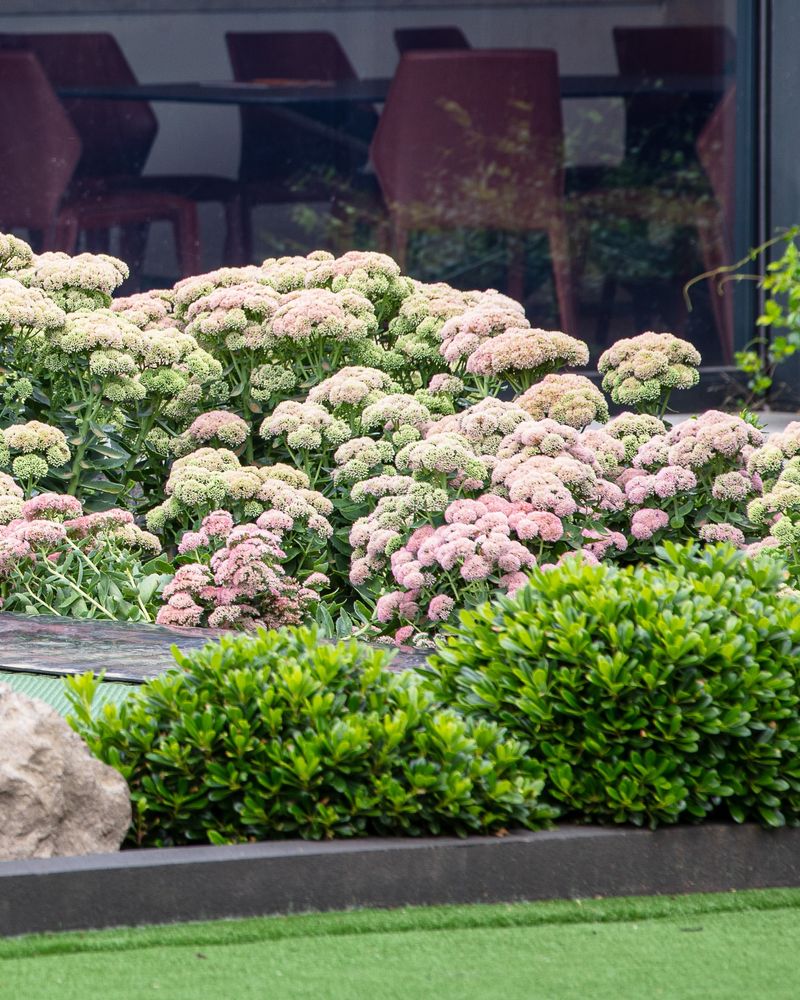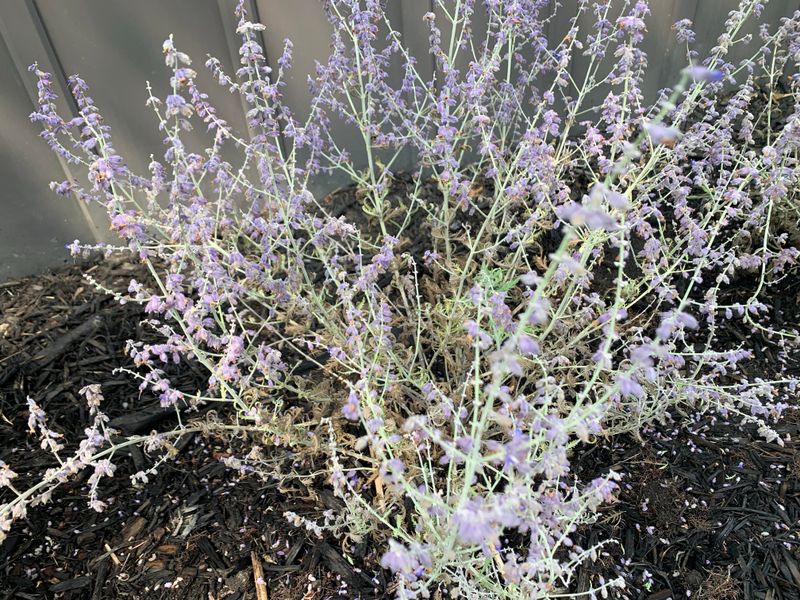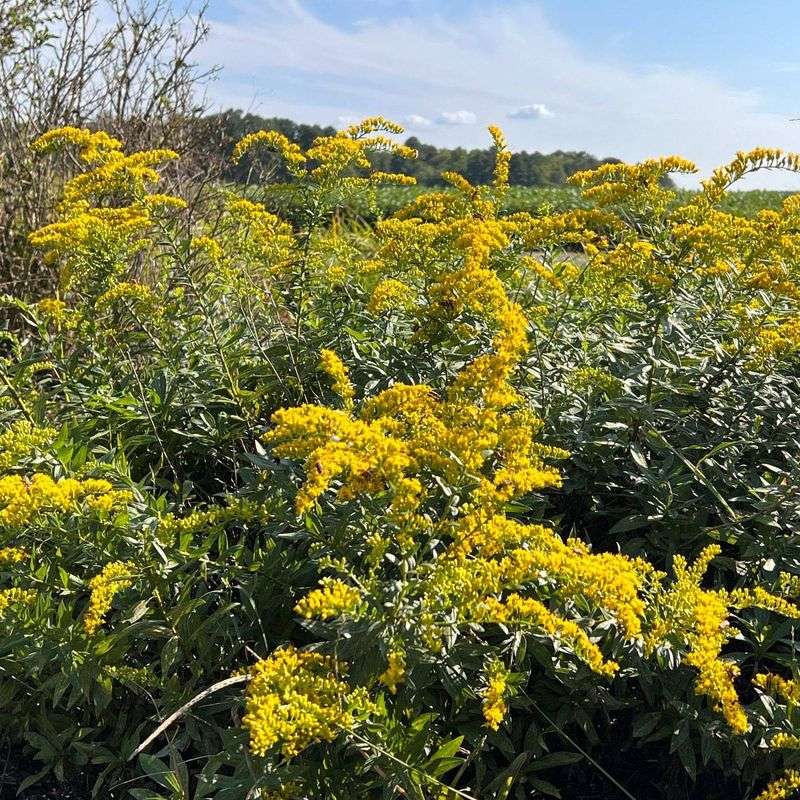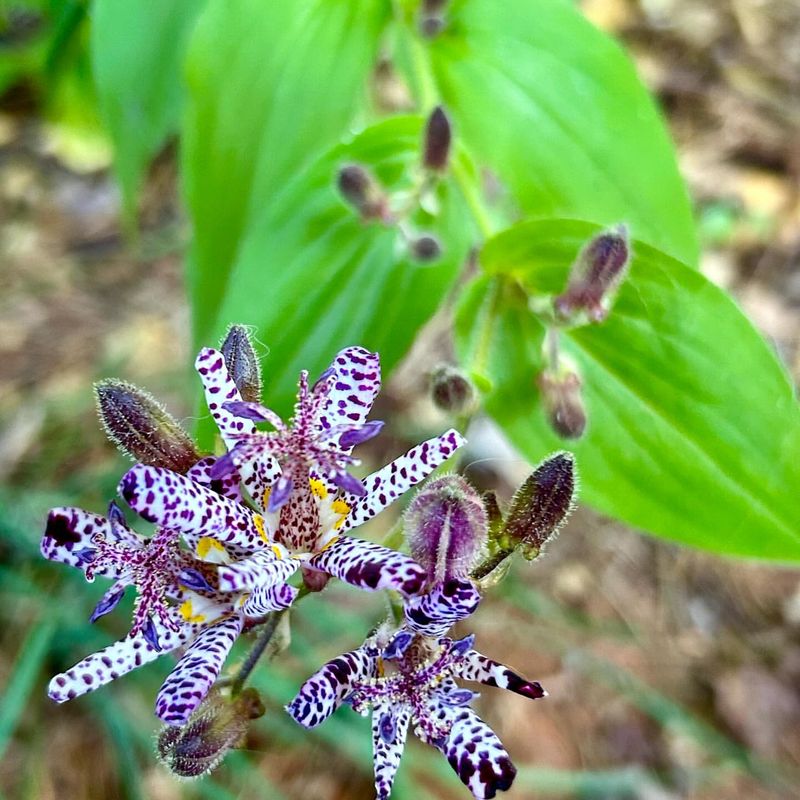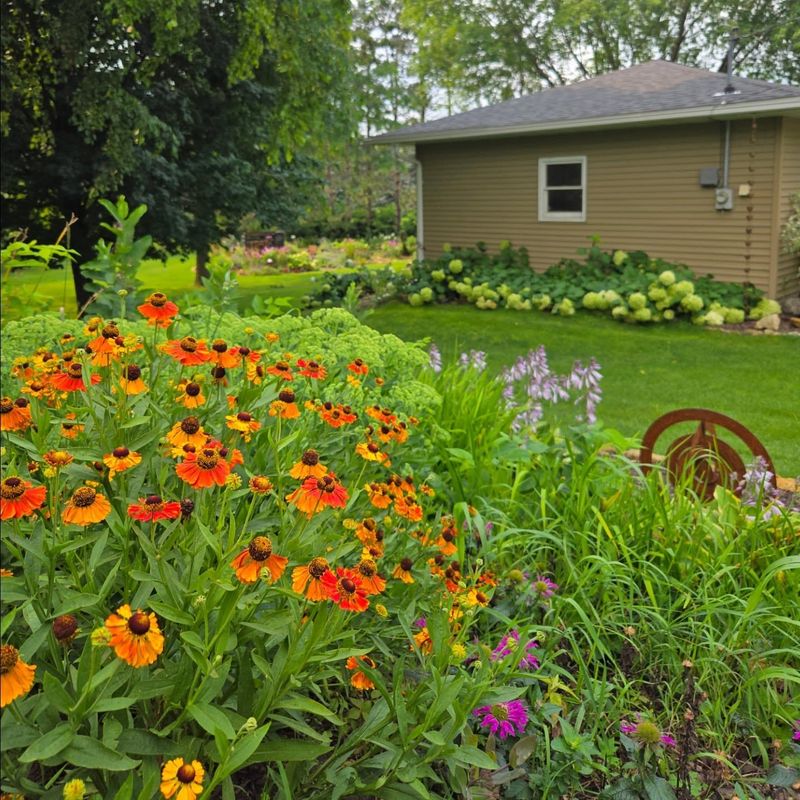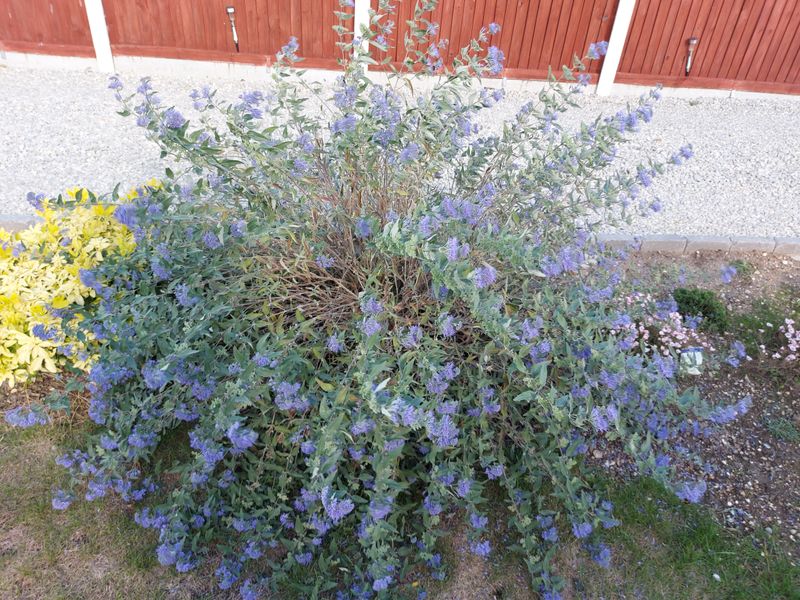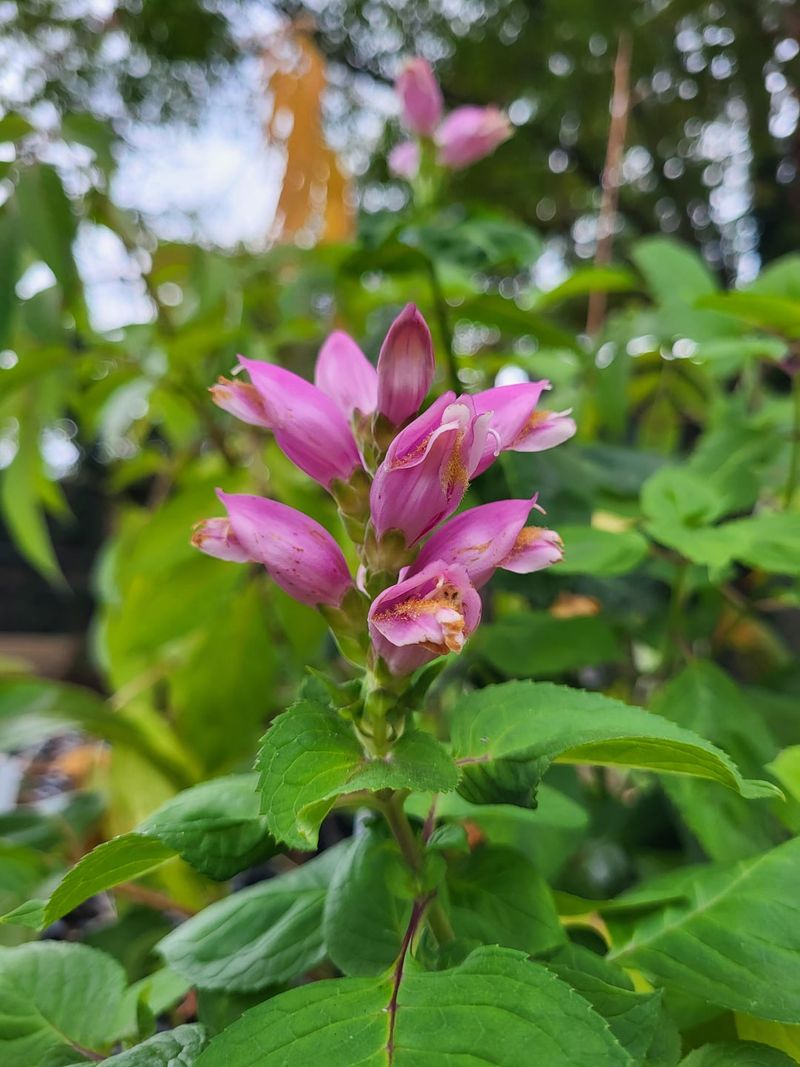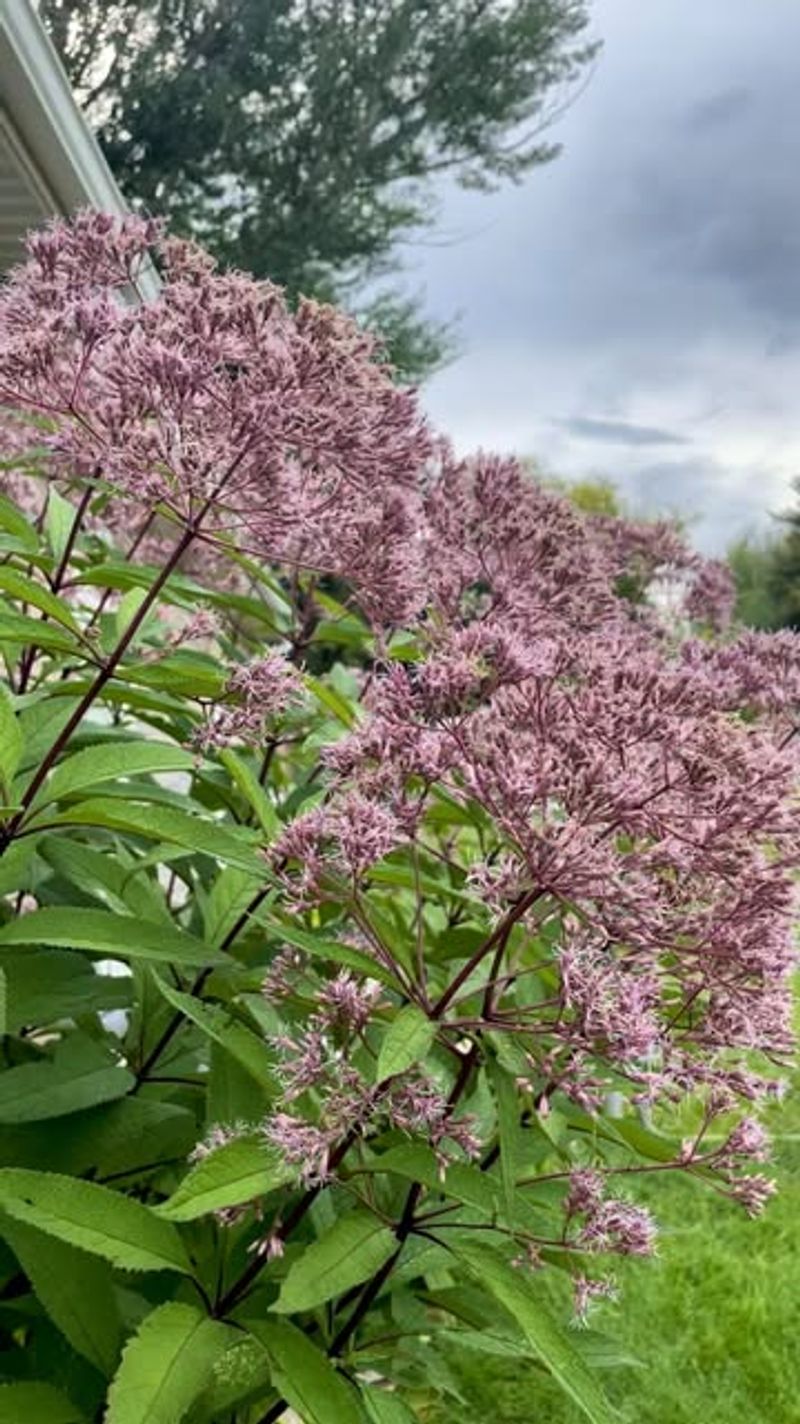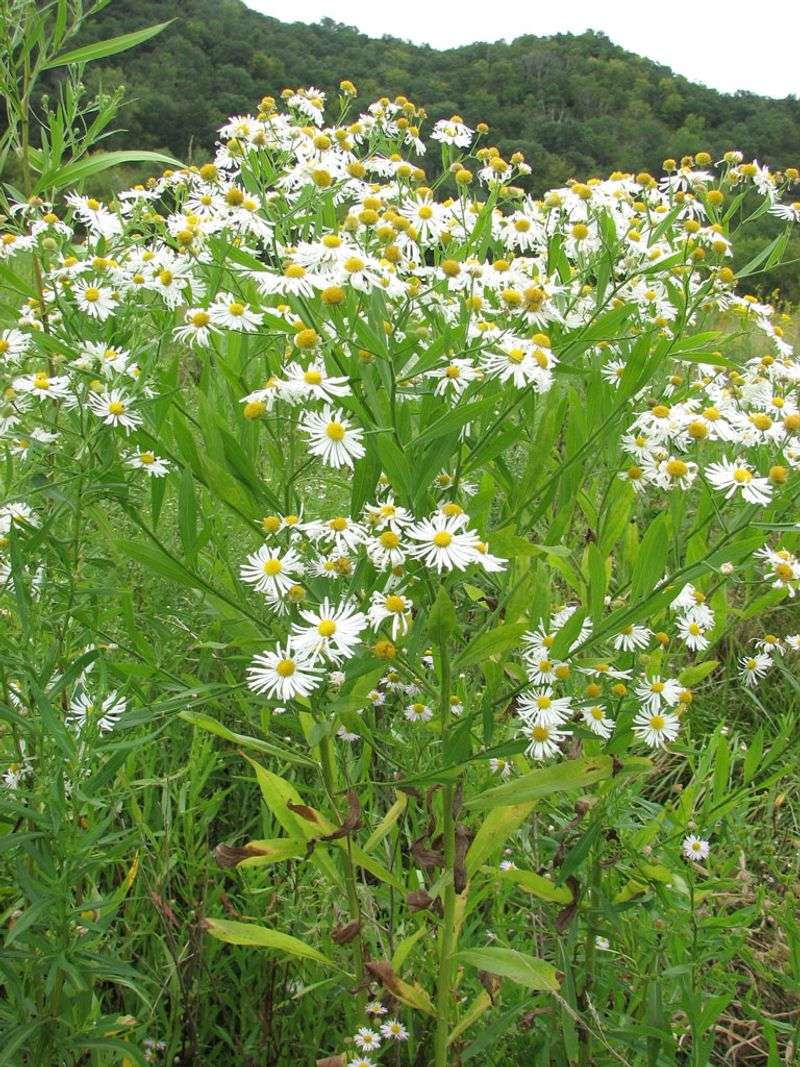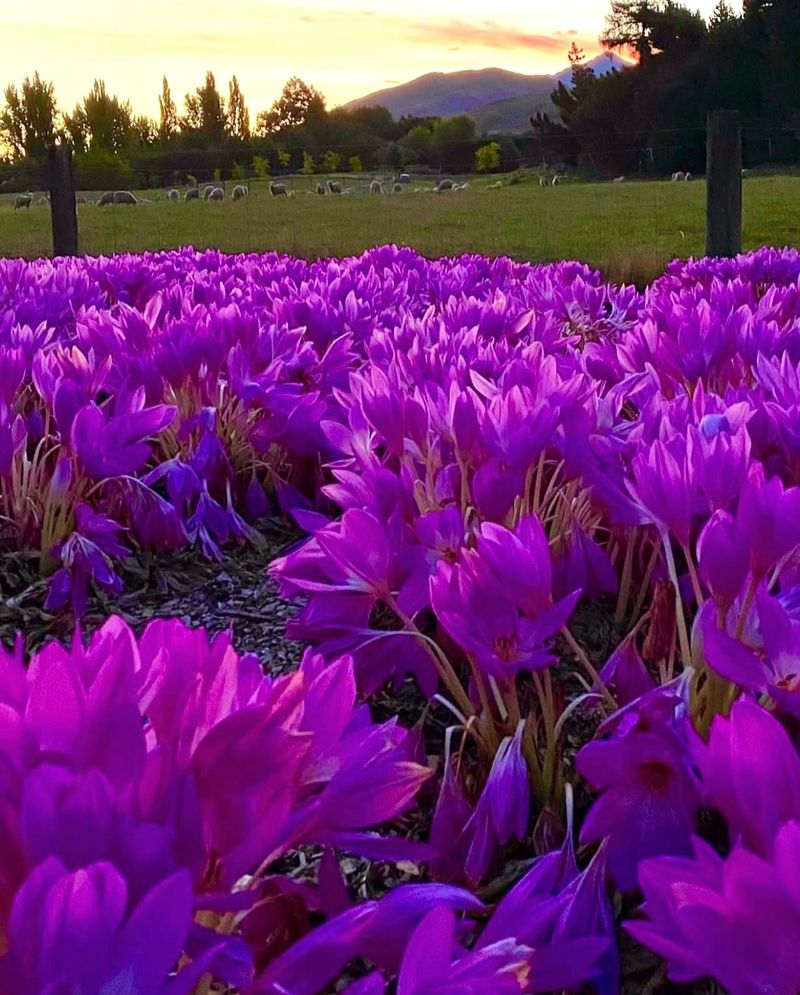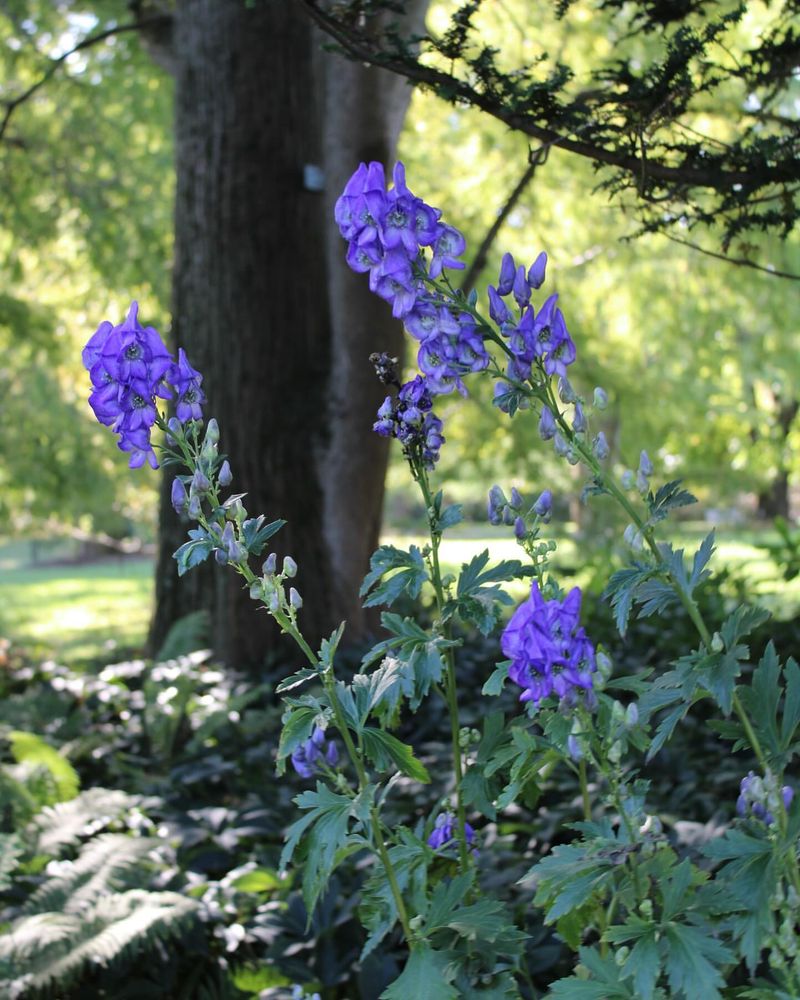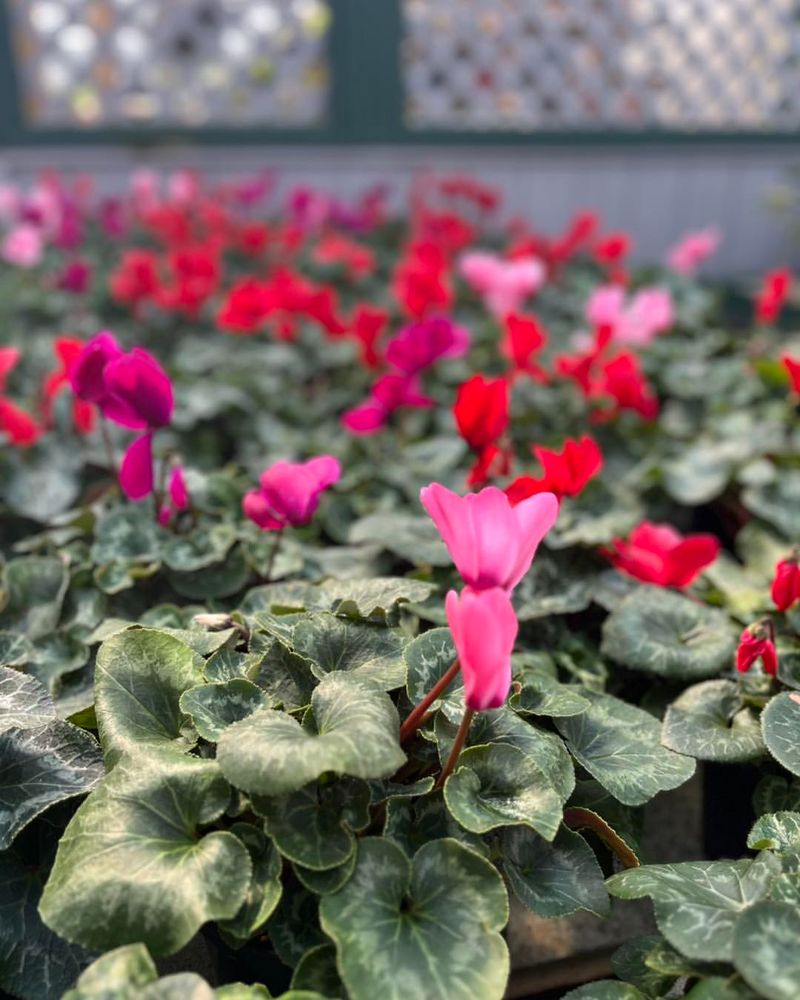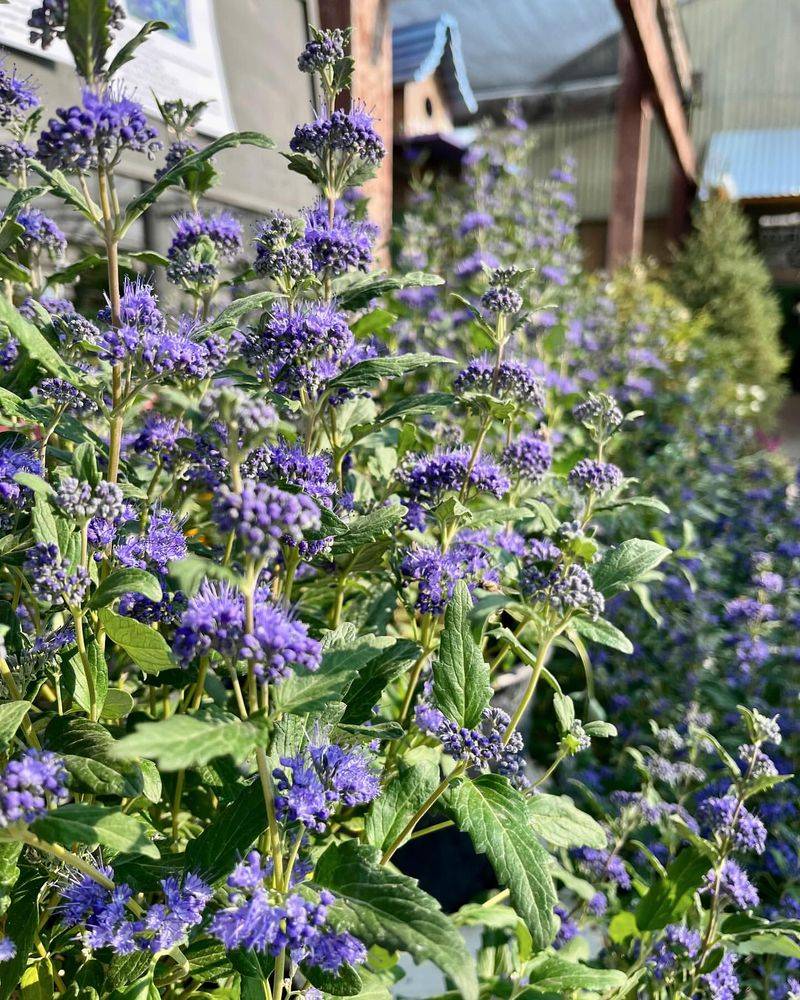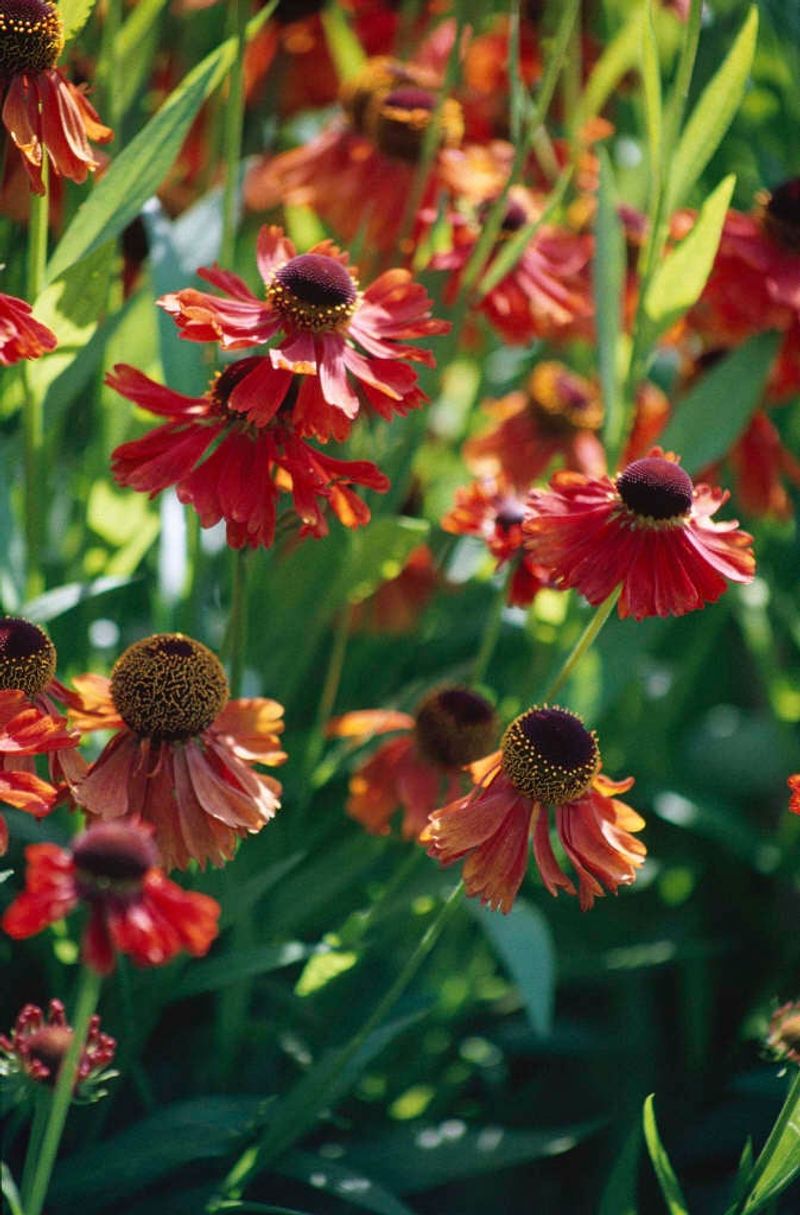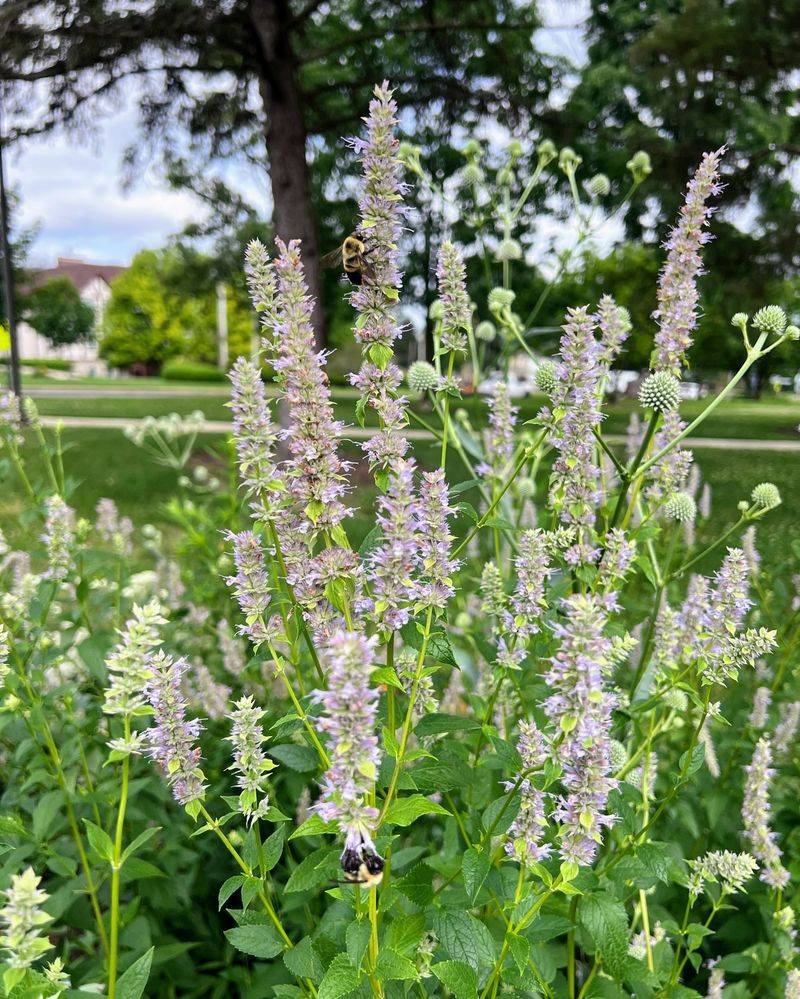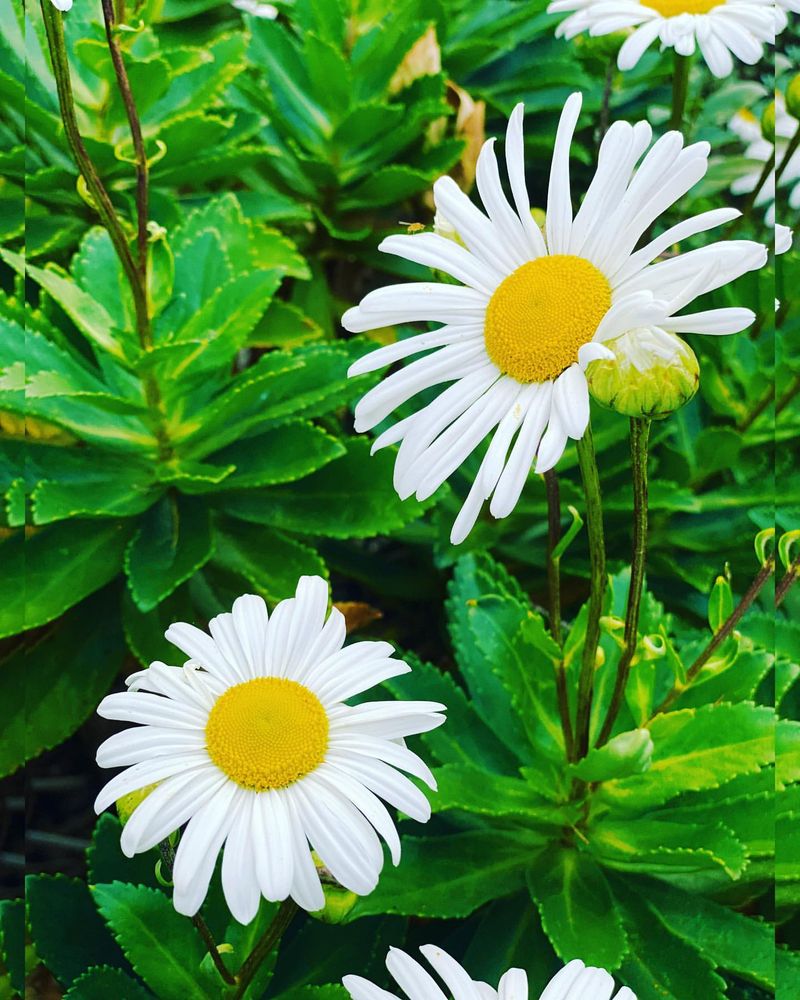When summer blooms fade in Illinois gardens, a new wave of color takes the spotlight. Fall-blooming perennials step in with bold hues and crisp charm, often stealing the show from their summer counterparts.
Illinois’ unpredictable fall temperatures and early frosts make it tricky to maintain vibrant beds. But some perennials shine under pressure—waiting patiently through summer, then dazzling when the cool rolls in. I noticed it in my Peoria garden last year.
As neighbors packed away their tools, my late bloomers turned heads and sparked conversations. The secret? Choosing plants that thrive when the days shorten and the air turns brisk.
1. Japanese Anemone
Pink or white blooms dance on tall stems just when the garden needs a second wind. Often called windflowers, they add graceful movement to borders from late August through October.
In my Illinois garden, they’ve survived everything from drought to early snow without complaint. Plant them in spring with some afternoon shade, and they’ll reward you for years with minimal care. Just be patient – they can be slow to establish but worth the wait.
2. Aster ‘Purple Dome’
Deep purple daisy-like flowers completely cover this compact plant from September through frost. Unlike taller asters that might flop over, ‘Purple Dome’ stays neat and tidy at just 18 inches tall.
Bees and butterflies flock to these blooms when most nectar sources have disappeared. Give this native perennial full sun and good air circulation to prevent mildew issues. I’ve found dividing them every few years keeps them vigorous and full of flowers.
3. Sedum ‘Autumn Joy’
Broccoli-like flower heads emerge pale green in late summer, then transform through pink to rusty red by fall. The succulent foliage stays attractive all season, even before flowering begins.
Drought tolerance makes this a no-brainer for busy Illinois gardeners. Last October, mine continued looking spectacular even after two light frosts. Plant in full sun with well-drained soil to prevent rot, and avoid overwatering. The dried flower heads provide winter interest and food for birds.
4. Russian Sage
Clouds of tiny lavender-blue flowers hover above silvery foliage from late summer into fall. The aromatic leaves release a pleasant scent when brushed against, adding another dimension to the garden experience.
Heat and drought don’t faze this tough plant, making it ideal for challenging spots. My Russian sage planted along my driveway thrives despite reflected heat and poor soil. Cut it back hard in spring rather than fall to provide winter protection in our Illinois climate.
5. Goldenrod ‘Fireworks’
Arching sprays of tiny golden flowers explode like their namesake from September through October. This cultivated variety stays well-behaved, unlike its wild roadside cousins that might take over your garden.
Contrary to popular belief, goldenrod doesn’t cause hay fever – that’s ragweed blooming at the same time. ‘Fireworks’ has been the most commented-on plant in my fall garden for three years running. Pair it with purple asters for a classic autumn combination that attracts countless pollinators.
6. Toad Lily
Exotic-looking orchid-like blooms speckled with purple appear along arching stems in dappled shade. These unusual flowers arrive in September and October when most shade gardens have finished blooming for the year.
Toad lilies perform beautifully in settings where summer’s heat has subsided. Plant them where you can appreciate their intricate details up close, perhaps along a path or near a seating area. They prefer consistent moisture but established plants handled last year’s dry spell surprisingly well in my garden.
7. Helenium ‘Mardi Gras’
Daisy-like flowers in hot colors of red, orange and yellow dance above sturdy stems from August into October. The distinctive petals curve downward around a raised center, creating a ruffled appearance that adds texture to the garden.
Helenium loves our clay-heavy Illinois soils as long as they don’t completely dry out. Sometimes called sneezeweed, it won’t actually make you sneeze but will make butterflies flock to your garden. Deadheading spent blooms encourages more flowers well into fall.
8. Caryopteris ‘Blue Mist’
Powder-blue flower clusters emerge in late summer and continue into fall, creating a hazy blue effect in the landscape. The aromatic gray-green foliage provides a perfect backdrop for the delicate blooms.
Honeybees absolutely cover this shrubby perennial when little else is blooming. Sometimes winter-killed in northern Illinois, it reliably regrows from the base each spring. I’ve found it performs best in poor, well-drained soil where it won’t grow too lush and floppy. Minimal watering once established keeps it compact.
9. Turtlehead
Hooded pink or white flowers resembling little turtle heads appear on upright stems from late August through October. This native perennial thrives in moist areas where many other plants might struggle.
The glossy dark green foliage stays attractive all season, rarely troubled by pests or diseases. My turtleheads planted near a downspout have flourished with minimal attention for years. They’re not widely known but deserve more recognition for their reliable fall performance in Illinois gardens.
10. Joe-Pye Weed ‘Little Joe’
Mauve-pink flower clusters crown this prairie native from late summer into fall, attracting butterflies by the dozen. ‘Little Joe’ offers the same appeal as the wild species but in a more garden-friendly 3-4 foot package.
The vanilla-scented flowers are especially noticeable on warm fall afternoons. Despite its “weed” name, this is actually a sophisticated garden performer with strong architectural presence. It’s handled our Illinois weather extremes without complaint in my garden for five seasons now, even during last year’s unusual fall heat.
11. Boltonia
Thousands of small daisy-like white or pink flowers create a cloud effect from September through October. This underused native perennial provides a delicate texture that contrasts beautifully with bolder fall bloomers.
Standing 3-5 feet tall, boltonia can form impressive clumps without becoming invasive. It’s been surprisingly drought-tolerant in my garden despite its preference for moisture. Cut it back by half in early summer to create a more compact plant that won’t need staking when it flowers.
12. Autumn Crocus
Goblet-shaped pink or purple flowers emerge mysteriously from bare ground in September and October. Unlike true crocuses, these fall bloomers send up their foliage in spring, which then dies back by summer.
Plant the corms in late summer for same-season blooms, or early fall for next year’s display. My neighbors always think I’ve performed some kind of garden magic when these appear without warning. They naturalize beautifully in lawns that aren’t mowed too frequently in fall.
13. Monkshood
Deep blue hooded flowers resembling monks’ cowls appear on tall spikes from September until frost. The deeply cut foliage provides interest even before the dramatic blooms appear.
All parts of this plant are poisonous, so wear gloves when handling it. That said, it’s perfectly safe in the garden and deer avoid it completely. Mine has thrived in partial shade where many fall bloomers struggle. It’s an heirloom plant that’s been reliable in Illinois gardens for generations.
14. Hardy Cyclamen
Swept-back pink or white flowers hover just above the ground on slender stems in September and October. The marbled heart-shaped leaves emerge with or after the flowers, creating a carpet effect in shady spots.
These tough little plants defy their delicate appearance, handling our Illinois winters without complaint. I’ve tucked them under deciduous trees where they receive filtered sun in spring and fall. They go dormant during summer’s heat, making them perfect companions for spring bulbs in the same area.
15. Bluebeard Shrub
Vibrant blue flower clusters appear along arching branches from August through October, creating a stunning contrast against the silvery foliage. Though technically a sub-shrub, it functions as a perennial in Illinois gardens, often dying back in winter.
Butterflies can’t resist these blooms when most other nectar sources have disappeared. New growth emerges late in spring, so mark its location to avoid accidental digging. I’ve found this plant performs best in full sun with minimal fertilizer – too much care actually reduces flowering.
16. Sneezeweed ‘Moerheim Beauty’
Rich mahogany-red daisy-like flowers with raised centers create bold color from August through October. Despite its unfortunate name, this plant won’t make you sneeze – it got the name from its former use as snuff.
The flowers gradually shift to copper tones as they age, extending the display. This native perennial has surprised me with its resilience during our unpredictable Illinois falls. Cutting back the plants by a third in June creates more compact growth and prevents flopping when they bloom.
17. Anise Hyssop
Spikes of lavender-blue flowers attract bees and butterflies from July all the way through October. The licorice-scented leaves make a delicious tea and remain attractive until hard frost.
This prairie native handles tough conditions with grace, from drought to poor soil. I’ve never seen deer or rabbits touch it, making it perfect for unfenced gardens. It self-seeds politely without becoming invasive, allowing you to share extra seedlings with neighbors. My plants have bloomed reliably through three Illinois autumns now.
18. Nippon Daisy
Classic white daisies with yellow centers brighten the garden from September until hard frost. The glossy dark green foliage forms an attractive mound all season, even before the flowers appear.
These late bloomers are often the last perennials flowering in my garden, sometimes continuing into November. Unlike many fall bloomers, they stay relatively short at 2 feet tall, requiring no staking. They’ve handled early snow without complaint, the white flowers looking perfectly at home against the unexpected backdrop.


